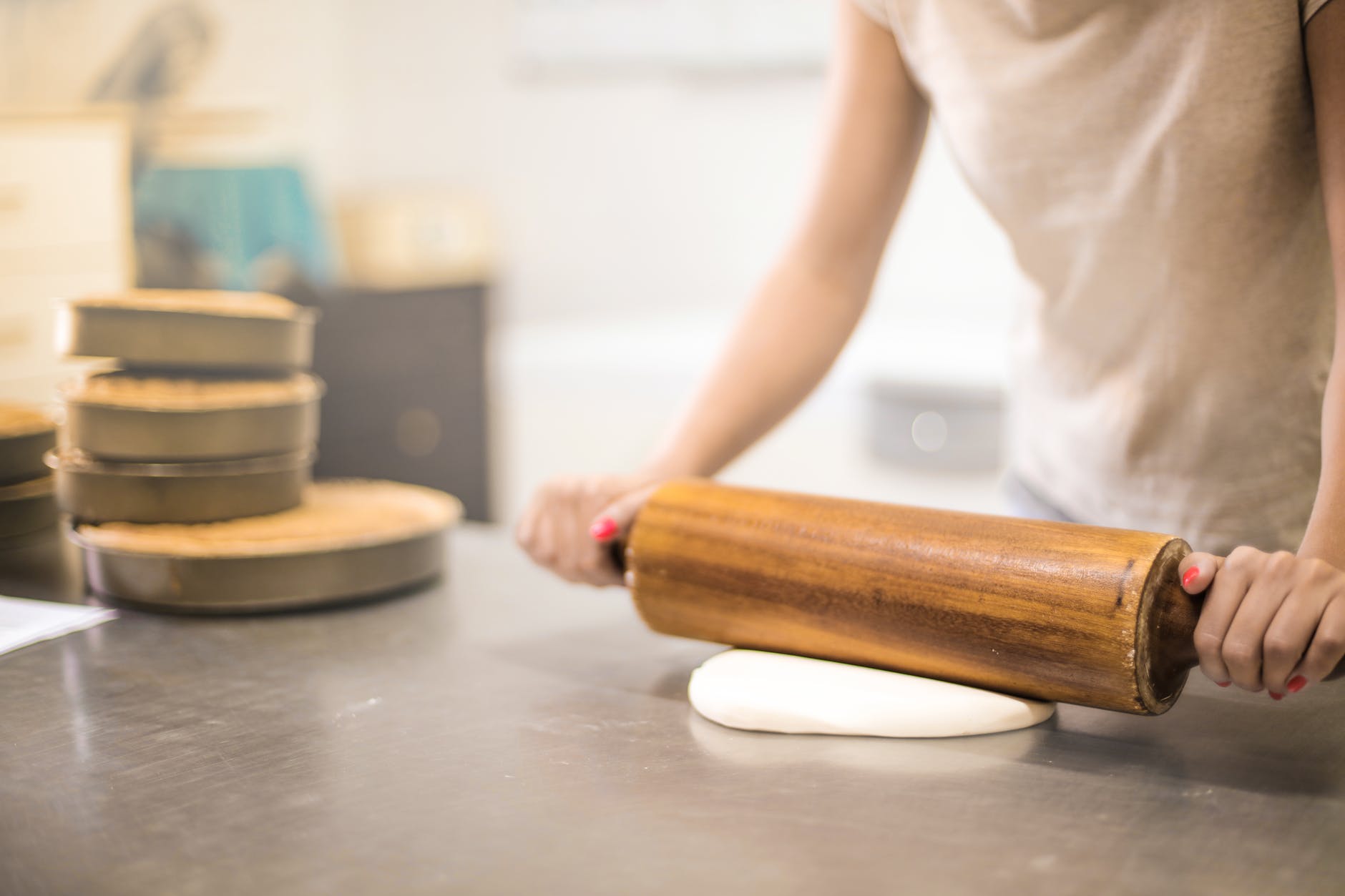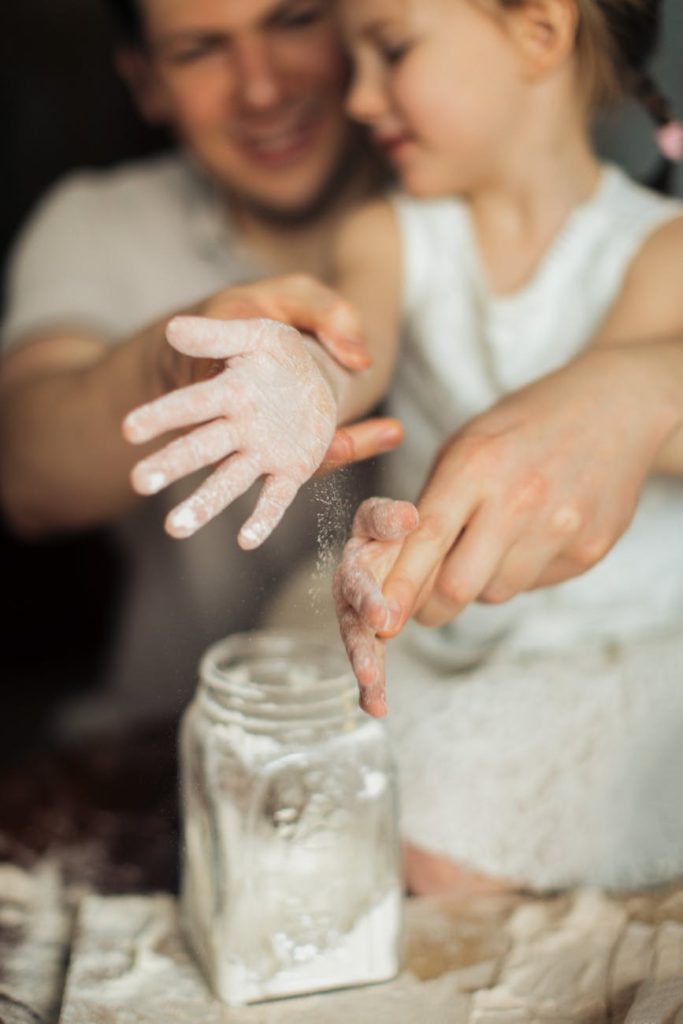


Croissants are new for me, so you’re not alone. In fact, I baked my very first batch this morning and I’m currently waiting for a second batch to rest before hitting the oven again. So here are some helpful tips for you to keep in mind while they’re still fresh in my head.
2. Croissants are a bit of a paradox. Remember to go slow and steady while also trying to work as quickly and efficiently as possible. I know this sounds contradictory and totally confusing but hear me out. You need to move quickly to roll out the dough, fold it, and turn all while it’s still cold. BUT! Don’t rush – you need to move carefully and deliberately to make sure your dough is even, well shaped, and doesn’t tear.

3. Make sure the dough is cold. The colder the dough, the easier it is to work with. Plus (and this may sound silly, but) it looks prettier, more picturesque, and for me that always helps to build my confidence. Feeling confident – not cocky – in the kitchen leads to better food.

4. Have lots of flour handy. The more flour on your surface, the less likely the dough is to stretch weirdly and crack. Once or twice as the dough started to warm up a bit it would stick to the dry counter and I’d get these weird sticky spots like an inner layer of butter had been exposed. Flouring the counter and the top of the dough always ALWAYS fixed this problem. Just be sure to brush off excess flour before completing each turn.
5. Roll your dough on a diagonal. Start from the middle and roll out in a diagonal towards the corners away from you, then start in the middle and roll down towards the corners closest to your body. This helps the dough to have nice square edges by creating outward movement rather than just up and down. As an added bonus, this technique gave my dough a much more even and stable structure too!
Congrats! The hard part is over. Hours of turns and chilling and turns and folds – you might be dizzy, but you should be feeling pretty accomplished right about now. If you’ve made it this far, go pour yourself a nice glass of wine because it’s probably well after 5pm (somewhere!).
Now that you’ve completed your final turn you’ve got a beautiful sheet of pastry dough resting in your fridge. Resting the dough overnight is your best bet (8 hours as recommended by most of my trusted sources). So get a good night’s sleep because the fun starts early on day two.
See you in the kitchen!
Joey

